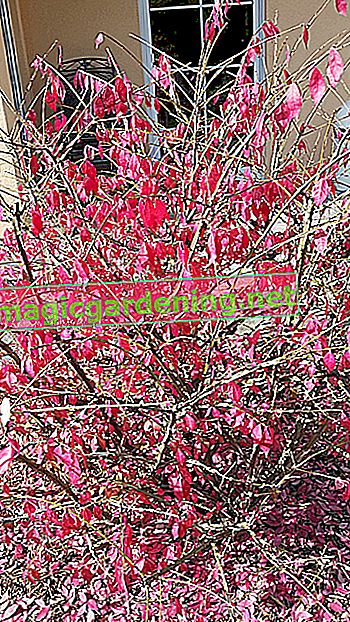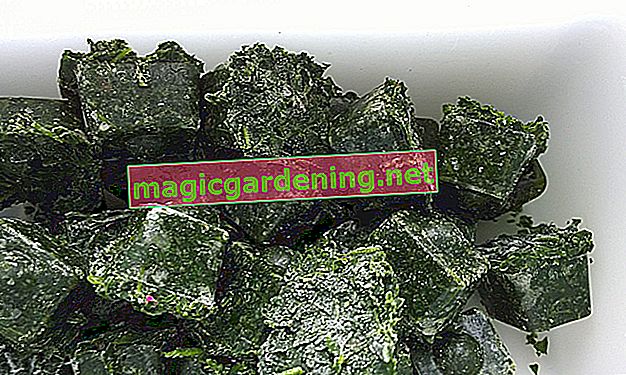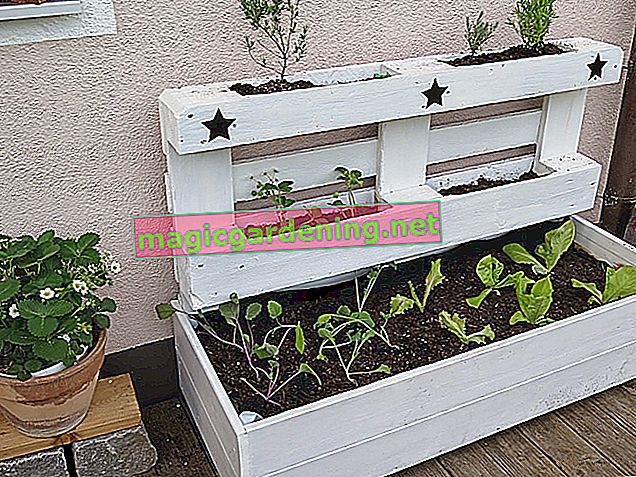
When do camellias need to be repotted?
When the roots have spread throughout the pot so that they are already growing out through the drainage holes, it is high time to repot.
also read
- Never let it dry out completely - water camellias properly
- There are no really hardy camellias!
- What diseases and pests appear on camellias?
Even if the soil no longer contains enough nutrients or if pests such as the black weevil have nested in it, repotting the camellia is advisable.
The best time to repot
There are two favorable dates for repotting a Camellia japonica. The first is right after flowering in spring, when all the buds have faded.
If you missed this time, you can repot the camellia at the end of August as soon as the buds have started to form.
During the rest of the time, you should only transplant the plant in an emergency.
The right pot and suitable substrate
The new pot should only be a little bigger than the old one. Clean the planter carefully. Drainage holes are important so that watering does not cause waterlogging. A layer of sand or gravel that gets under the potting soil on the bottom of the bucket also helps against waterlogging.
Camellias prefer a soil with a low pH value, which is also called bog bed soil in technical terms. Above all, it must be free of lime. You can buy the appropriate camellia soil or alternatively azalea ready-made from specialist shops.
If you want to mix the soil yourself, you will need:
- compost
- Coniferous soil or peat
- some clay
Limit growth by repotting
Repotting in good time can limit the growth of the camellia. To do this, take the Camellia japonica out of the pot, cut off one to two centimeters from the roots with a sharp knife and place the plant in fresh soil.
Tips & Tricks
If the camellia has grown too big, you can cut it back radically if necessary. Shorten the shoots so that each shoot is at least two inches long and has enough eyes left on it.








